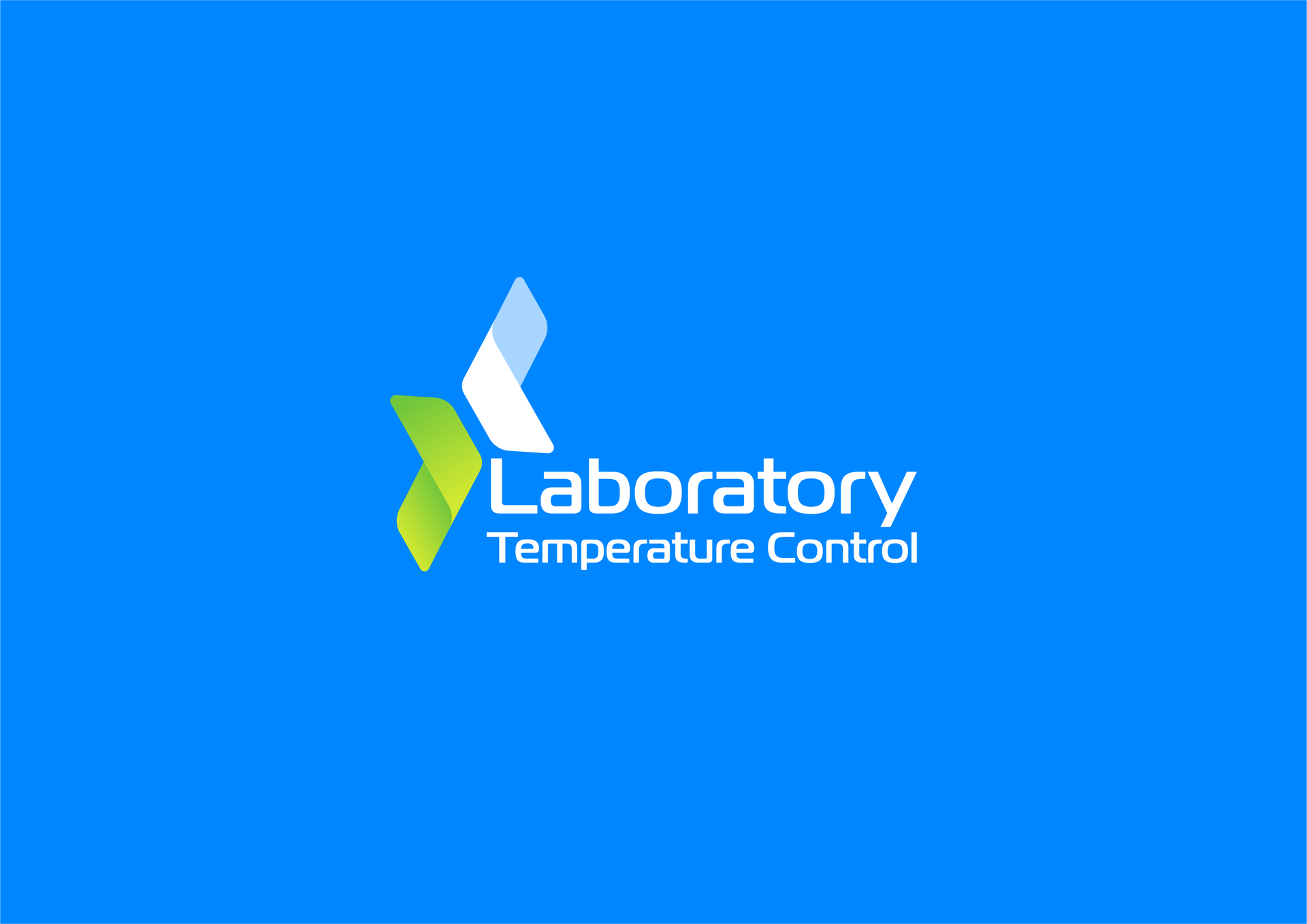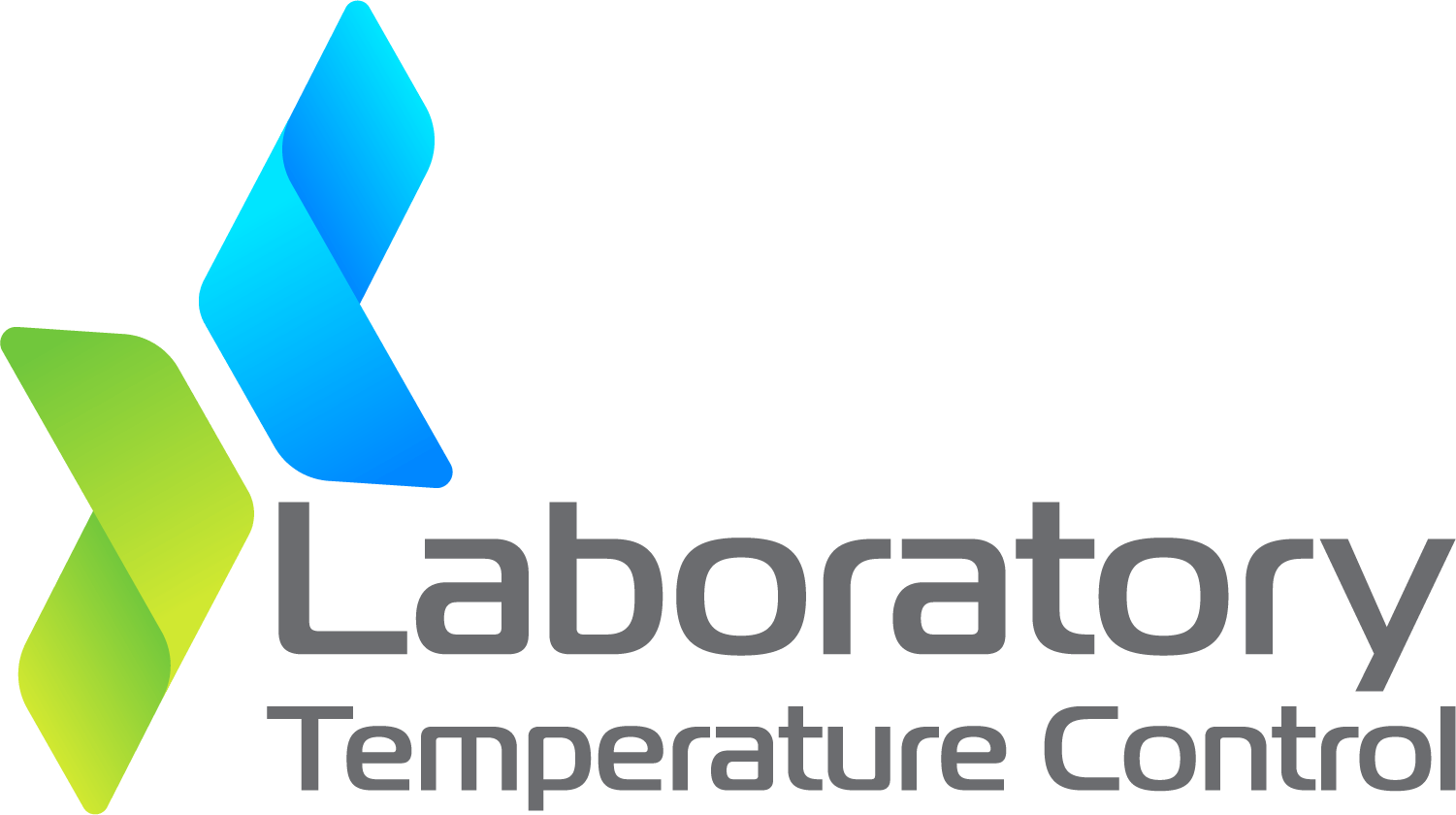Laboratory cold room safety requirements:
Laboratory cold room safety requirements: all you need to know
If you’re tasked with setting up a laboratory cold room or planning to have one installed, you’re right to imagine there are specific safety requirements which must be followed.
Responsible for ensuring equipment and goods remain free from damage and safe to use, cold room is a crucial resource for any laboratory. From effective management to essential design features, read on for all the key information and tips you need to ensure your laboratory cold room is fit for purpose.

Laboratory cold room safety requirements: all you need to know
1. Good ventilation: One of the important functions of a cold room is to protect its contents against mould so adequate ventilation is a critical design feature. Once installed, humidity inside your temperature controlled environment should remain at
around 90 – 85%.
Prior to installation, check your laboratory cold room will have two 15cm vents included in the foundation wall. These twin vents will ensure air can circulate effectively. Both vents should incorporate external covers with grates to make sur unwanted wildlife can’t get into your temperature controlled environment.
2. Suitable electrical equipment: Climate control inside your cold room means you’ll need to ensure any electrical equipment is constructed to withstand the unique conditions they will endure.
3. Adequate room: Your cold room will contain all manner of hazardous substances so ensure any cold room you install is big enough for staff to move around the space with ease. There should also be plenty of room for each item to be stored properly.
Dimensions fit for purpose are one of the many reasons businesses choose to invest in an expert laboratory cold room design and installation company like ours.
Receiving a bespoke design means you’ll benefit from a temperature controlled environment which is carefully tailored to all your many needs with a range of custom solutions for efficient storage. ..more
4. Temperature control: The maintenance of a desired temperature is the core purpose of a cold room so knowing the correct temperature it should sustain is essential. For most labs, effective temperatures for cold storage sit at around -2 - 10°C though some pharmaceutical items used regularly may require temperatures as low as -30°C or more. For items which do require ultra-low temperatures, freezer sections can be added t your cold room. Alternatively, if you have space, you could add a freezer room. For
the biggest pharmaceutical labs, a freezer farm makes storage of chemicals for lon durations possible.
If you have particularly sensitive substances to store, such as cells, you may opt to use a liquid nitrogen storage solution to protect against damage. Liquid nitrogen storage solutions have the added benefit of remaining unaffected if there is a power cut.
Due to the importance of temperature control, you will need to monitor the temperature of your cold room from time to time to ensure it is operating as it should.
5. Door design: Though your cold room must be secure, it’s critical the design of the door includes a safety function which means it can always be opened from inside. Cold rooms receive an extremely limited supply of air so there is a danger of
asphyxiation.
Central to maintaining the high levels of insulation and energy efficiency required, the design of your cold room door will be an important element to consider. Sliding hinged and curtain doors remain popular. ...more
6. Management: Though it feels like an ordinary storage solution, your laboratory cold room should be a restricted zone. Your company must have a named person who is responsible for managing the cold room with duties which include regular safety checks.
What is stored in your cold room and how it is stored also needs to be supervised carefully. There are many substances which must never be stored in a lab cold room, floors must remain clear and any items should be properly labelled. More
7. Staff PPE: Remember staff will need protective clothing which adequately shields them against the cold. If work needs to be carried out in the cold room, rota allocations will be necessary to ensure no member of staff is left in a cold climate fo long periods. Common PPE for cold rooms include: quilted jacket and trouser suits, gloves, boots and a thermal hood or helmet.
8. Staff training: Any staff using your lab cold room will need to receive training in: th correct protocols for safe use of the space, how to spot signs of injury from over- exposure to cold, how to stay warm without getting too hot.
For a bespoke pharmaceutical or medical laboratory cold room designed to meet all your needs, call us today on: 0800 193 0076 to discuss your requirements or learn more about what we do.













The Importance of Having a Breakdown and Service Contract in Place for Your Pharmaceutical Cold Room





Proudly Serving the UK & Western Europe
Operating from our head office in London, we deliver projects throughout Western Europe, including Ireland, France, Germany, the Netherlands, Belgium, Spain, and the Nordics. Our team has experience delivering both public and private sector contracts, navigating local regulations, and maintaining seamless quality across borders.

Request a Consultation
We welcome formal tenders, technical proposals, and partnerships with procurement teams, consultants, and principal contractors.
Footer Quick Quote
Thank you for contacting us!
Please try again later.
Latest News
Find the latest news, information, tips and advice about pharmaceutical and medical laboratory cold rooms in our blog.






Consulting
Get in Touch
Telephone:
0800 193 0076
Email:
contact@laboratorytemperaturecontrol.co.uk
Laboratory Temperature Control
Ryhope Road
London
N11 1DP
Stay Connected
Join our newsletter and find out more
Contact Us
We will get back to you as soon as possible
Please try again later
All Rights Reserved | Laboratory Temperature Control

